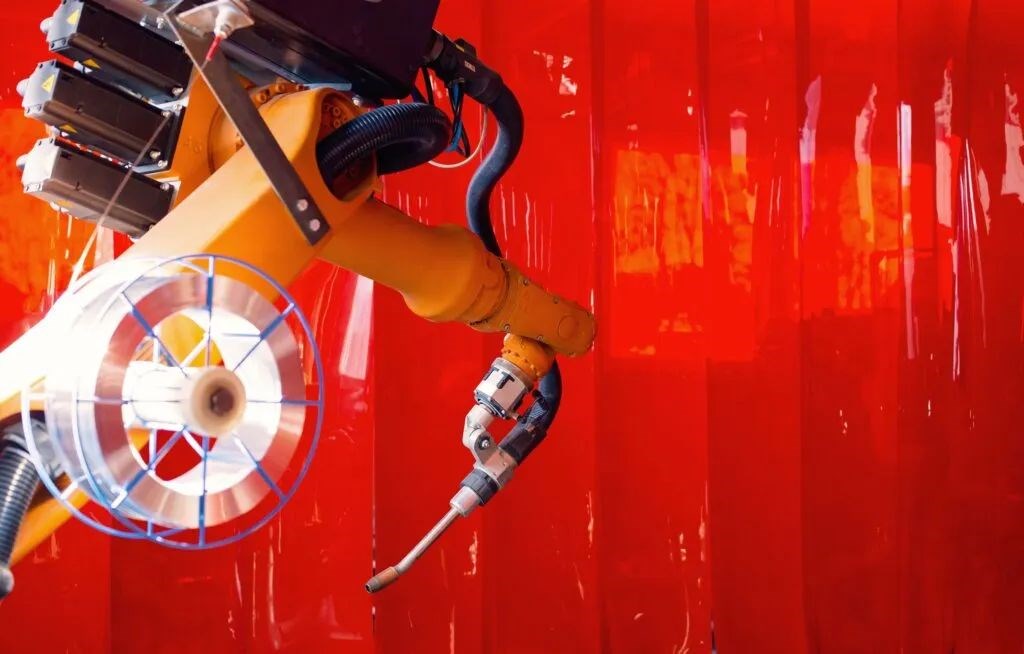How are robots used in car manufacturing?
Published date: 27 April 2022

The automotive industry has long been one of the quickest and largest adopters of robotic technology. The first robots were introduced by General Motors, back in the 1960s. Today, robots are used in nearly every part of the industry. Car manufacturing remains one of the most automated supply chains in the world.
Each vehicle has to be manufactured from thousands of different parts. The process of assembling that many components is a complicated one. Robots guarantee that such a complex process follows the highest quality standards.
What are the advantages of using robots in car manufacturing?
Robots offer a variety of advantages that make them ideal for car manufacturing. They are efficient, accurate, flexible, and reliable. Robots are capable of working nonstop, without tiring or losing focus. Such machines often operate on a 24/7 basis. Robots can perform repetitive tasks almost endlessly, while making few or no errors.
Another feature of robots is their “vision”, provided by laser and camera arrays. An industrial robotic arm equipped with these “eyes” can see what it’s doing and provide instant feedback. This increases both quality and efficiency of work on the assembly line.
Main applications of robots in car manufacturing
- Welding: This is a dangerous and time-consuming task that is ideally suited to robots. Industrial robots with large arms are used to spot-weld heavy parts. Smaller robots weld lighter parts, such as brackets and mounts. These smaller machines are known as cobots (collaborative robots).
- Assembly: Cobots are used for repetitive tasks on the assembly line. Examples include attaching door handles and windscreen wipers. Heavier robots handle the assembly of wheels, car seats and bonnets.
- Coating, sealing and painting: Robots provide a consistent painting performance. Coating applied by robots is always perfectly even. Furthermore, automotive paint is toxic and would pose health risks to human workers. Machines are also used to spray primers, sealants, and adhesives.
- Part transfer and machine tending: Transferring metal stamps, loading/unloading CNC machines, and pouring molten metal in a foundry is dangerous and dull. This type of work is perfect for large industrial robots. When completed consistently, with little downtime, it is also a source of major productivity increases.
- Removal of materials: The category includes cleaning up automotive parts. This is achieved by trimming metal or polishing moulds for smooth finishes. Like many processes in car manufacturing, these tasks are repetitive and sometimes dangerous. Material removal tasks include: grinding, milling, sanding, routing and drilling.
- Internal logistics: Autonomous Mobile Robots (AMRs) can perceive their environment and move through it independently. They are used to move raw materials and other parts from storage areas to the factory floor.
Conro Electronics, is a leading supplier of materials and tools in the electronic manufacturing industry.
We’ll show you how to improve product reliability while increasing performance and lowering costs. Our team of technical support specialists will provide your company with dependable global supply, unrivalled efficiency, and superior technical support.
Feel free to contact us on 0208 953 1211 or send us an email to info@conro.com




Comments
There are currently no comments, be the first to comment.